
"Whatever that intangible thing called atmosphere may be, Harold E. Remier has created it — out of airy nothings, to judge by what he says — in his astounding photoplay, Diary. Here, in all its hues, in all its beauty, in all its tradition of courtesy and profound courage is the America of the late Nineteenth Century, told through the medium of a woman's devotion. A Southern mansion is the first setting, then the frontier. Fortunes rise and fall as the war flames. Costumes and settings of the 1890's are recreated with fidelity. Wagons collapse in the wilderness; stone houses are built; a silver mine is uncovered. And the cost, for this epic achievement, exclusive of the 8mm. film, was the staggering sum of ten dollars! Diary is particularly noteworthy for naturalness of its lighting. However he managed it, Mr. Remier. with two large flood bulbs, somehow succeeded in making each scene appear to be illuminated by the hand lamps and chandeliers visible within it. The moonlight elopement is glamorously effective; and even candlelight is simulated with success. So, in all, the picture is a distinguished achievement — a portrayal, not only of a past century, but of a part of our American heritage." Movie Makers, Dec. 1940, 577.
"documentario – che vuole essere l'espressione immediata ed esatta della tensione spirituale vissuta dall'Italia fascista, e in particolare da Napoli, durante la "settimana del mare" dell'anno XVII, il ritorno di legionari dopo la conquista dell'Impero. —I Littoriali del cinema: Un’altra interessante serie di documentari,” La Stampa, September 3, 1939"
"documentary – which is intended to be the immediate and exact expression of the spiritual tension experienced by Fascist Italy, and in particular by Naples, during the "sea week" of the year XVII, the return of legionaries after the conquest of the Empire."
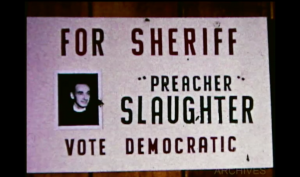
A husband and wife hold different opinions about who is to become Sheriff. The wife roots for the Democratic candidate "Preacher" Slaughter, while the husband wants to re-elect Republican candidate Sheriff Carver. Both parties bribe the husband and wife for their absentee ballot. notes from CFA
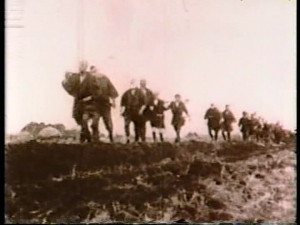
"The main agenda of the prewar farmer's movement was struggle against landowners. Prokino also considered this as their prime concern. The main title sequence and the latter part of the film have unfortunately been lost. While we cannot see its entire structure, we can still get a glimpse of it from this surviving short."
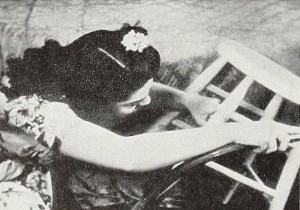
"Fire from the Skies should be a ringing challenge to amateur movie clubs and individual personal filmers across the country. For it is a competent, compelling and altogether mature contribution to the cause of civilian defense. It was produced by the Long Beach Cinema Club with no more facilities than are available to all of us. The added ingredient which put the production over was interest; they wanted to do it — and did ! The dynamic leadership of Mrs. Mildred J. Caldwell, ACL, former club president and coordinator of the present film, is felt throughout its footage. Telling a story of incendiary bomb protection, the picture tells it from the woman's angle, that of the housewife who, before all others, must fight to protect her home. The film employs shrewdly every artifice of the motion picture craft — color, sound, music, narrative and special effects. All are handled crisply and with confidence. The continuity is dramatic but informative, the camera work effective and the sound track exciting in its contribution to the visual message. Fire from the Skies need offer no apologies amid the too small company of America's civilian defense motion pictures." Movie Makers, Dec. 1942, 506.
"A propaganda film, made in the early days of the Second World War. Opening with footage of a giant Empire Youth Rally at Brockton Point Oval, the film illustrates Canadian democratic values, institutions and ideals which are now threatened by fascism and war -- farming, industry, the home and family, education, racial tolerance, elections, and religious freedom. Also includes footage of First World War memorials in Vancouver and Victoria, cemeteries, Remembrance Day ceremonies and parades, and veterans. Canada's contribution to the war effort is shown through shots of recruiting stations, marching recruits, military parades, warships, etc. One lengthy sequence uses model airplanes, dramatizations, stock shots, photographs, and footage of local civil defence drills to simulate the impact of aerial attacks on British cities during the Blitz (including civilian casualties and damaged or burning buildings)" British Columbia Archives.
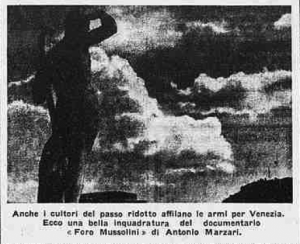
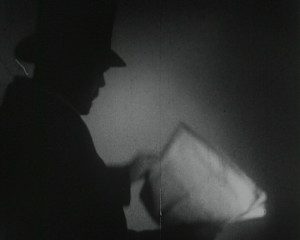
"An impressionistic, experimental film commenting on politics in Europe and the United States with references to the First World War, food shortages, the Weimar Republic, the world economy and the Wall Street Crash. Uses a mixture of animated silhouette and live action" (EAFA Database).
Total Pages: 9